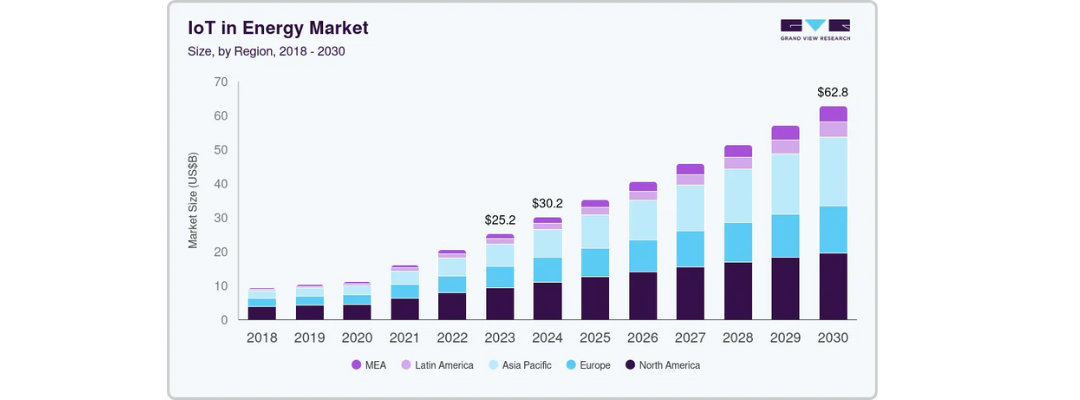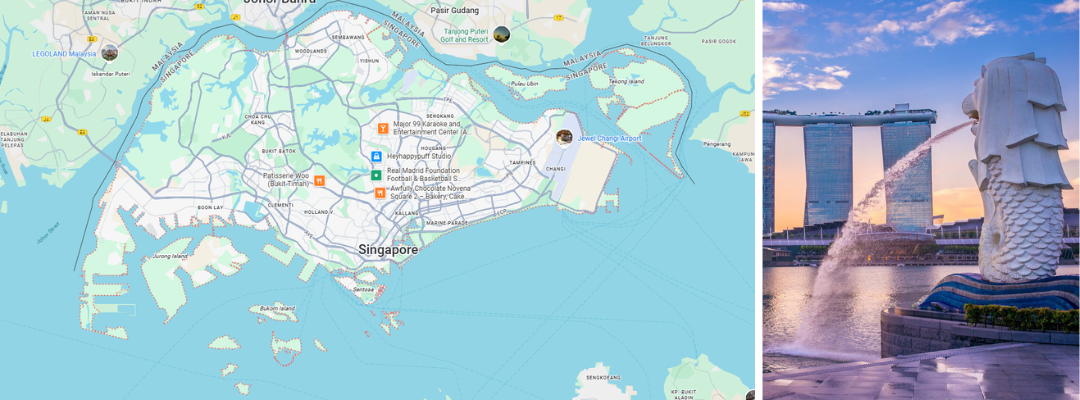The global smart infrastructure landscape is shifting rapidly. As cities move beyond simple LED retrofits to fully connected IoT ecosystems, 2025 has become a pivotal year for “Lamppost-as-a-Platform” (LaaP) technology.
Based on the latest official reports and government data from late 2024 to early 2025, we highlight three major developments defining the smart street lighting sector today.
1. Global Market to Hit 85 Million Connected Lights by 2029
Source: Berg Insight, IoT Market Report
The adoption of intelligent street lighting is accelerating faster than previously forecast. According to the latest data from IoT analyst firm Berg Insight, the global installed base of individually controlled smart street lights reached 32.9 million units at the end of 2024.
Driven by energy prices and carbon reduction goals, the market is now projected to grow at a robust CAGR of 20.9%, reaching 85 million installed units by 2029.
-
Regional Lead: Europe continues to dominate, accounting for nearly 35% of the global installed base.
-
Tech Shift: The industry is seeing a decisive move toward cellular-based controllers (plug-and-play) over legacy RF mesh networks, simplifying deployment for municipal operators.

2. Singapore: Expanding “Smart Nation” Connectivity to Walkways
Source: Land Transport Authority (LTA), Singapore
Singapore continues to set the benchmark for Asian smart cities. Following the successful digitization of its main arterial roads, the Land Transport Authority (LTA) is now entering the next phase of its Remote Control and Monitoring System (RCMS) rollout.
By mid-2025, Singapore will extend its smart lighting network to cover community-centric zones, including 350km of covered linkways, 525km of cycling paths, and over 4,000 bus stops.
-
Impact: The system allows for dynamic dimming based on real-time weather and foot traffic.
-
Efficiency: This expansion contributes to an estimated energy reduction of 8.75 million kWh annually, while automated fault detection has already eliminated the need for manual night patrols.

3. Washington D.C.: A Blueprint for Urban Modernization
Source: District Department of Transportation (DDOT) / Plenary Infrastructure
In the United States, the Washington D.C. Smart Street Lighting Project stands out as a premier public-private partnership model. The comprehensive upgrade has modernized over 75,000 street and alley lights across the district, converting them to high-efficiency LEDs equipped with remote monitoring nodes.
Recent project updates confirm the scale of its environmental impact:
-
Energy Savings: The network has slashed energy consumption by more than 50%, cutting greenhouse gas emissions by approximately 38,000 tons per year.
-
Beyond Light: Crucially, the project leverages the street light grid to expand broadband Wi-Fi coverage in underserved neighborhoods, validating the “smart pole” concept as a tool for digital equity.

Post time: Nov-20-2025
